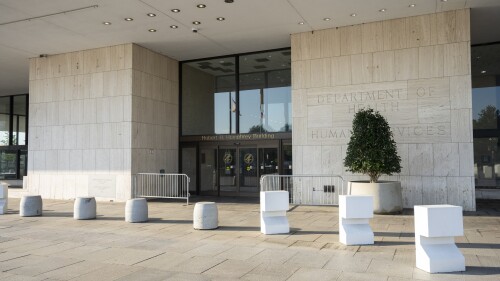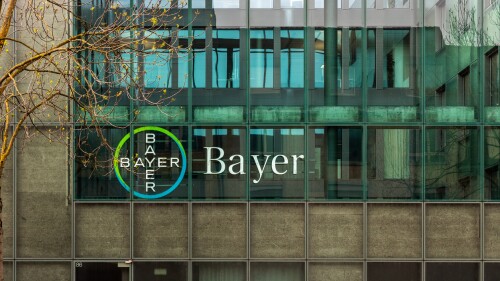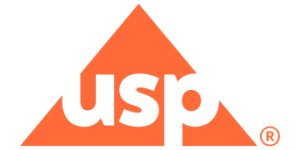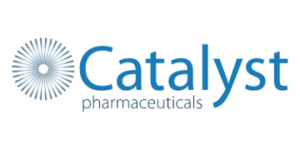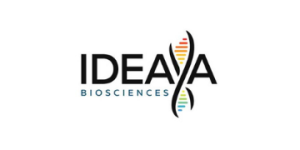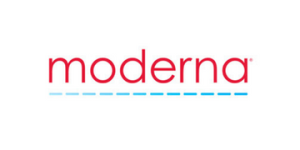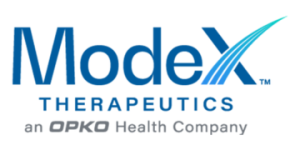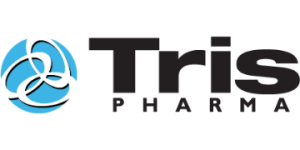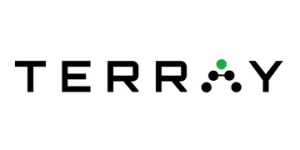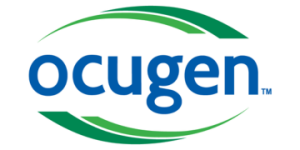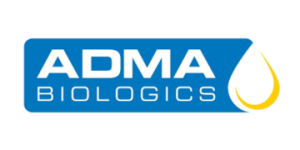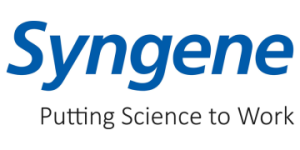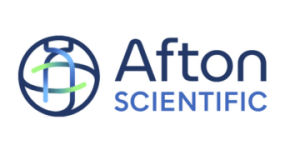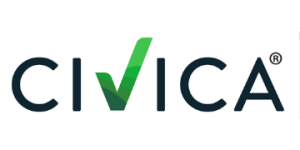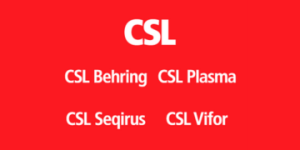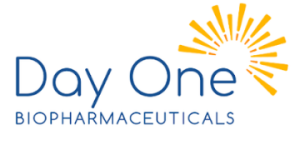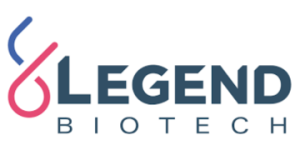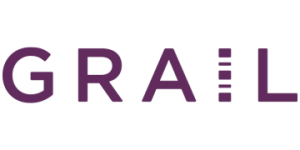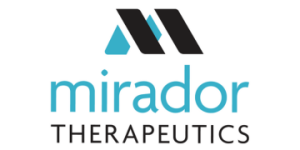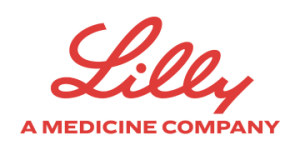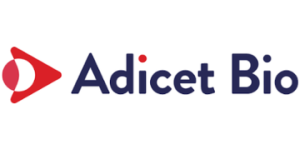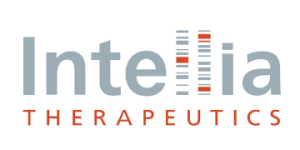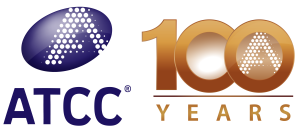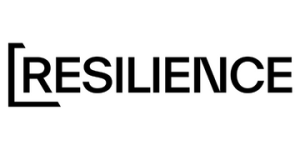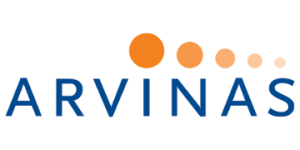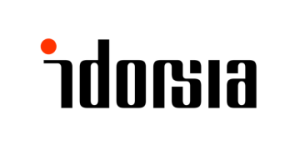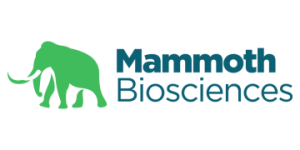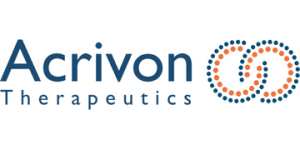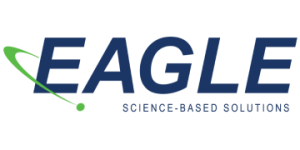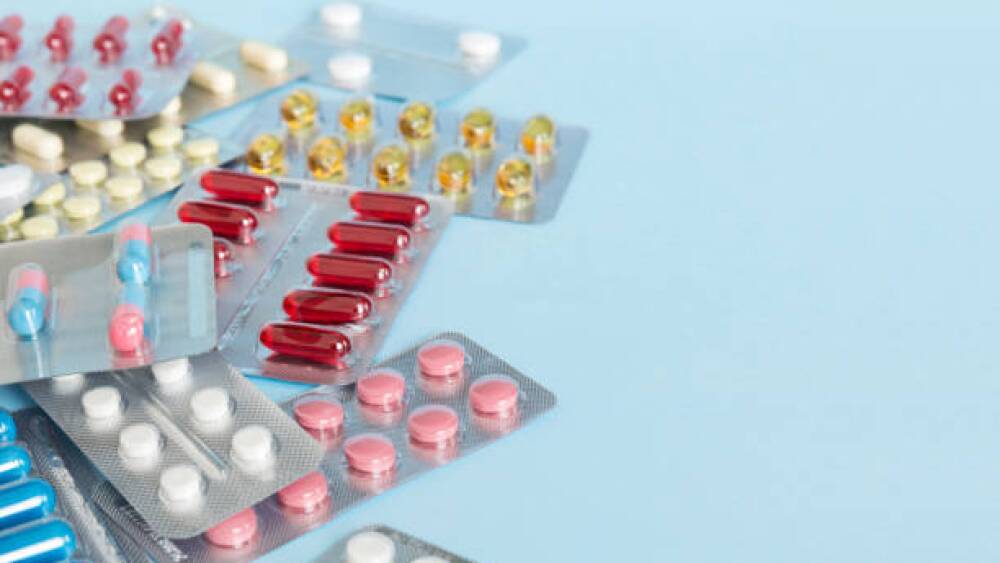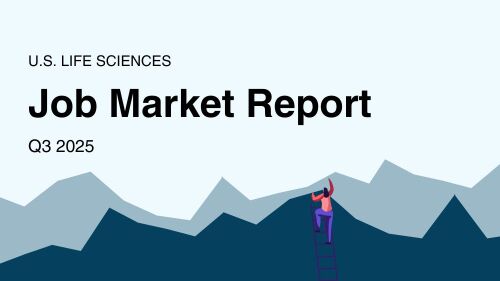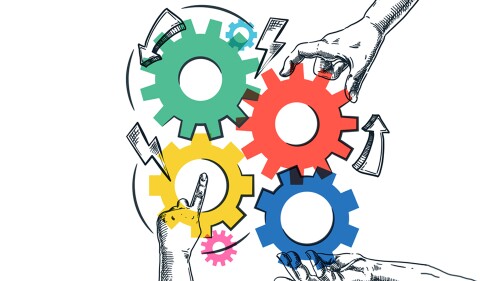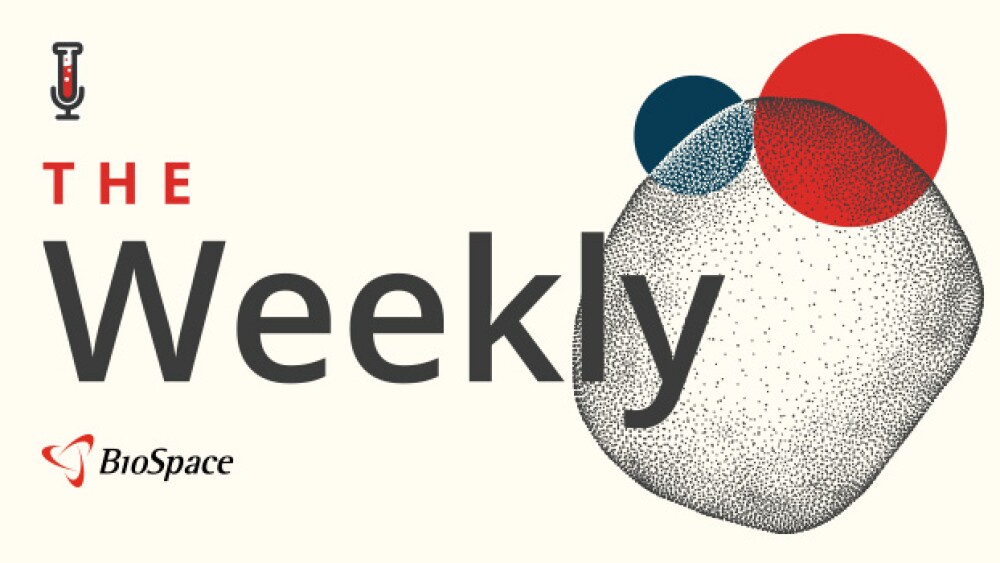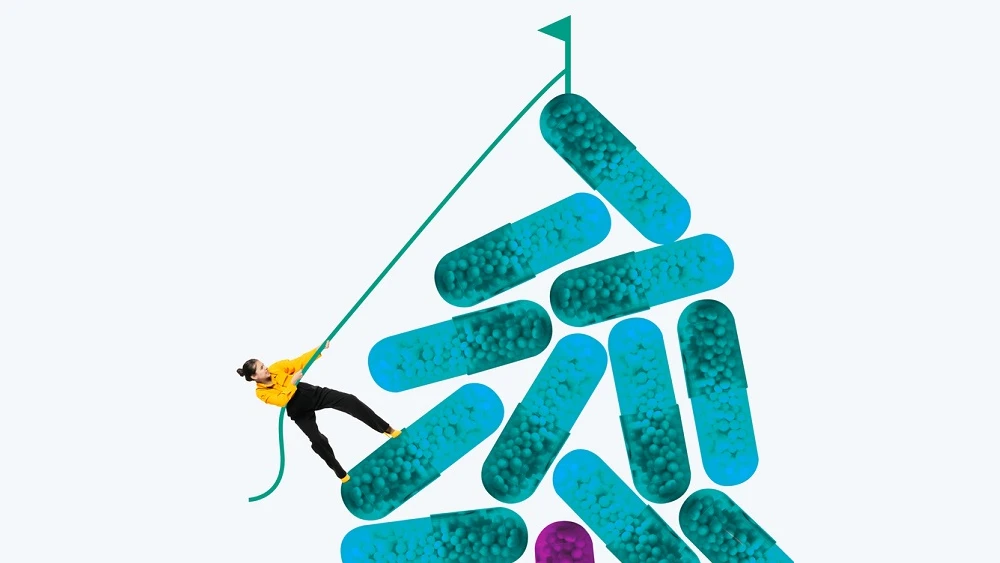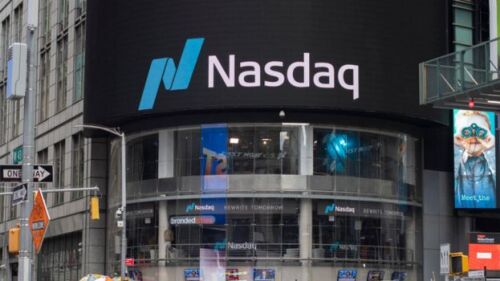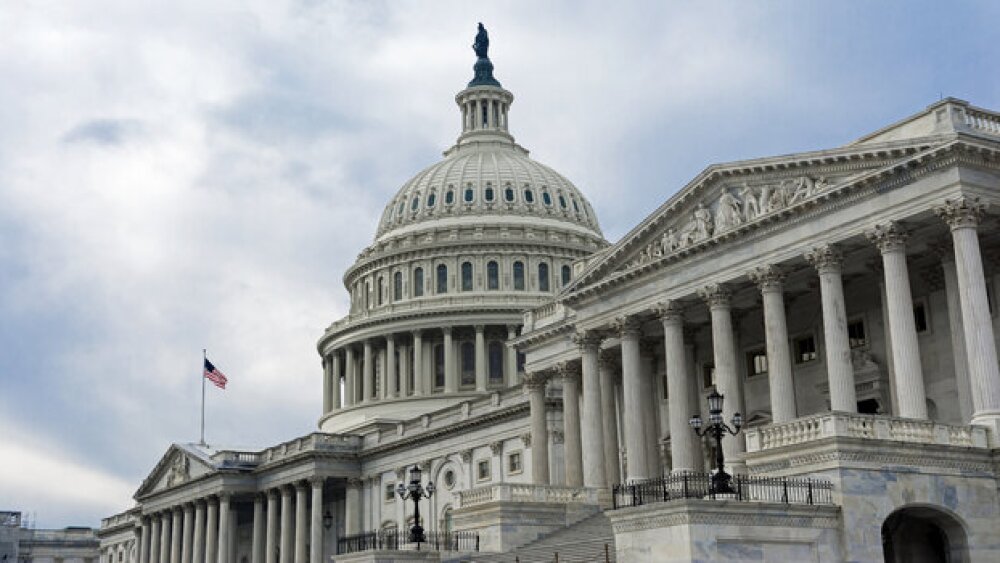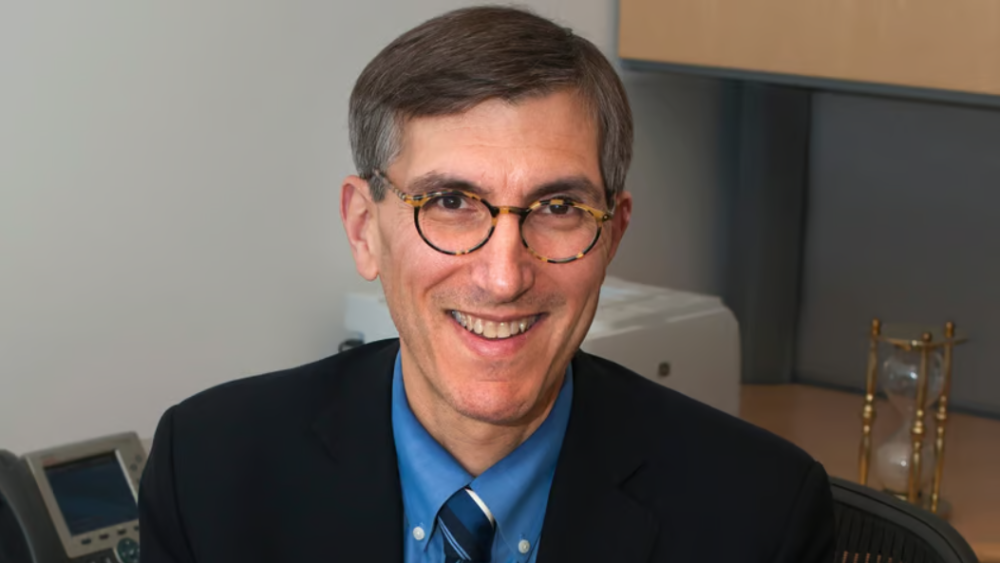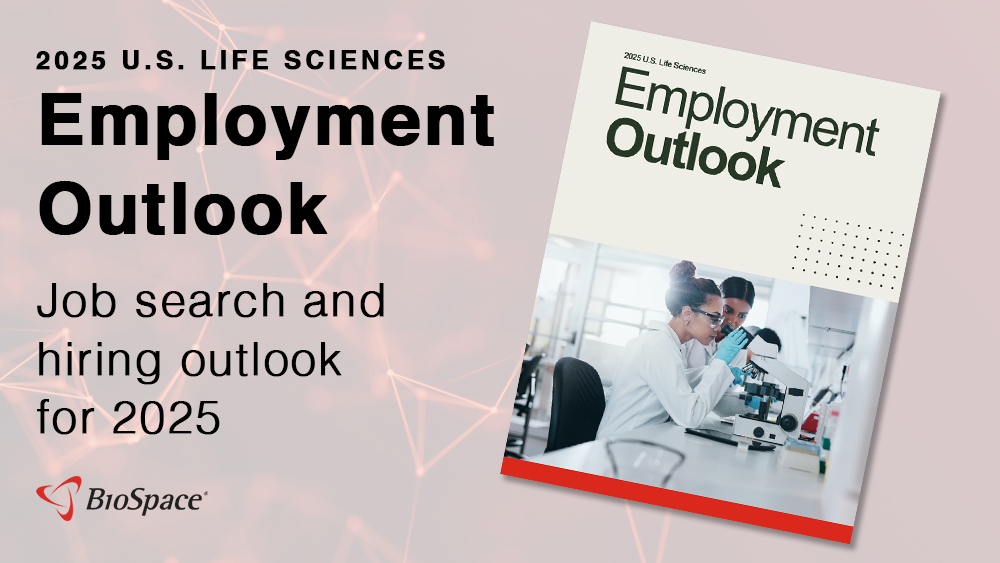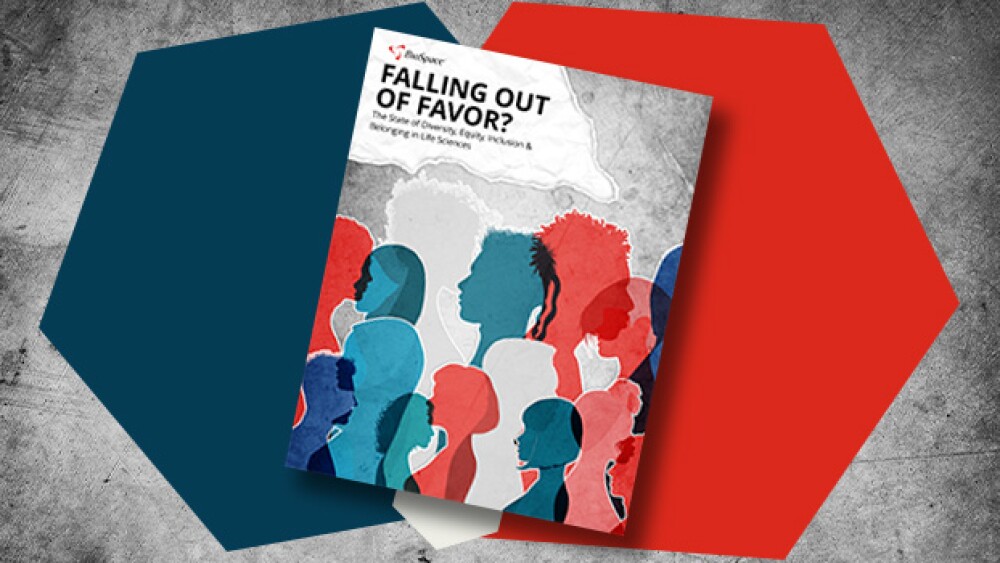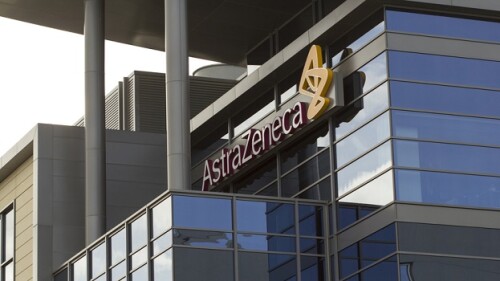Jefferies analysts said these detailed safety outcomes confirm the gene therapy’s positive risk/benefit profile in ambulatory patients with Duchenne muscular dystrophy.
Alastair Thomson, chief data officer at the HHS sub-agency, announced his resignation in opposition to Health Secretary Robert F. Kennedy Jr.'s “stupid” decision to cancel $500 million worth of contracts focused on mRNA technology.
For $1.3 billion in aggregate—including upfront and milestone payments—Bayer will get exclusive global access to Kumquat Biosciences’ small-molecule KRAS G12D blocker.
The stop order came on Aug. 5, the same day Health Secretary Robert F. Kennedy Jr. terminated 22 mRNA vaccine projects under the Biomedical Advanced Research and Development Authority, though Vaxart’s candidate is protein-based.
The Annals of Internal Medicine ran a large-scale study in July, pointing to the lack of an association between childhood aluminum exposure through vaccination and chronic conditions. The Health Secretary, in an opinion piece earlier this month, called the paper a “ballyhooed study.”
Phase Ib data show Hernexeos can elicit a confirmed objective response rate of 44% in patients with HER2-mutated NSCLC who had previously been treated with a directed antibody-drug conjugate.
FEATURED STORIES
The next generation of Alzheimer’s therapeutics is moving away from amyloid plaques and tau tangles, offering multiple approaches to slow cognitive decline.
Bispecific antibodies and anti-TIGIT therapies both appear to be writing comeback stories as cancer experts head to Barcelona for the 2024 European Society for Medical Oncology Congress. Radioligand therapies and synthetic lethality assets are also attracting attention.
Roche’s fenebrutinib this week scored a mid-stage win in relapsing multiple sclerosis, while Sanofi’s tolebrutinib met the primary endpoint in a Phase III trial for progressive MS but flopped in two late-stage relapsing MS studies.
BioMarin executives sought to calm an anxious investor base Wednesday with a public address and pledge to achieve a nearly 50% bump in annual revenue by 2027. But analysts were left wanting.
Big Pharma has finally gotten its arms around something advocates have wanted for a long time: direct-to-consumer sales. Eli Lilly and Pfizer are leading the way.
The intellectual property landscape for newer gene-editing technologies, like that for CRISPR-Cas9, remains unclear and hard to navigate.
LATEST PODCASTS
In this episode presented by Slone Partners, Leslie Loveless, Co-CEO and Managing Partner discusses how hiring and the building of executive teams has responded to the current biotech environment.
Pfizer seals the deal with Metsera for $10 billion after Novo Nordisk bowed out; President Donald Trump welcomes executives from Novo and Eli Lilly to the White House to announce that the companies’ GLP-1 medicines would be sold at a reduced cost; and the FDA grants the second round of priority review vouchers—primarily to already marketed drugs.
In this episode presented by PII, BioSpace’s head of insights discusses how to relieve clinical trial patients of technological burden to improve compliance with guests Oliver Eden and Travis Webb.
Job Trends
Epsilogen and Lonza announced successful completion of Good Manufacturing Practice manufacturing of MOv18 IgE, Epsilogen’s lead IgE antibody drug candidate.
Subscribe to GenePool
Subscribe to BioSpace’s flagship publication including top headlines, special editions and life sciences’ most important breaking news
SPECIAL EDITIONS
In this deep dive, BioSpace investigates China’s rise as a biotech powerhouse.
In this deep dive, BioSpace explores the next big thing in obesity.
BioSpace did a deep dive into biopharma female executives who navigated difficult markets to lead their companies to high-value exits.
DEALS
-
The buy brings three small molecules in preclinical development for Parkinson’s disease, amyotrophic lateral sclerosis and lysosomal storage diseases into Merck’s pipeline.
-
Armed with a pipeline of obesity and diabetes hopefuls, Carmot Therapeutics joins the small group of biotechs to attempt a Nasdaq debut this year.
-
Successful drugs from Novo Nordisk and Eli Lilly are just the beginning of what one analyst says could be “the largest therapeutic class of drugs that the biopharma industry has ever seen.”
-
The Japanese biotechnology and food company has bought into the gene therapy space with its $620 million acquisition of Ohio-based CDMO and clinical-stage biotech Forge Biologics.
-
The cell therapy-focused biotech will use most of the net proceeds from its initial public offering to fund Phase II clinical trials for its lead program, a novel CAR T-cell candidate.
WEIGHT LOSS
-
As competition with Eli Lilly heats up, Novo Nordisk has partnered with Flagship’s Metaphore Biotechnologies to take a biomimicry approach to GLP-1s.
-
In an effort to improve diversity and accessibility in clinical trials, Boehringer Ingelheim is partnering with Walgreens to conduct a Phase III study in obesity and type 2 diabetes.
-
It wasn’t calls from lawmakers but market competition with Eli Lilly’s Zepbound that prompted Novo Nordisk to lower the prices of its blockbuster weight-loss drug.
-
Following strong Phase II data, Amgen is going all in on its next-generation obesity treatment MariTide, with plans to run a Phase III trial and a separate mid-stage study for diabetes.
-
Novo Nordisk on Thursday reported a jump in first-quarter 2024 revenue, driven by a more than 100% increase in sales of weight-loss drug Wegovy and the strong performance of type 2 diabetes medication Ozempic.
POLICY
-
The U.S. House of Representatives on Monday overwhelmingly passed the bipartisan bill, which targets WuXi AppTec, WuXi Biologics and other Chinese biotech companies as potential national security risks.
-
As Congress considers a bill that aims to distance U.S. biopharma from five Chinese companies, the industry must emphasize the importance of prioritizing patient care over power plays.
-
Eli Lilly this week announced plans to sell single-dose vials of its weight loss drug Zepbound directly to consumers. Novo Nordisk could adopt a similar strategy for Wegovy as its CEO is set to testify Sept. 24 before the Senate health committee.
-
Siding With Novo and Lilly, Court Agrees to First Tackle ‘Cross Cutting Issues’ in GLP-1 LitigationsIn agreeing with Novo Nordisk and Eli Lilly, Pennsylvania judge Karen Spencer Marston said the court should first settle questions of gastroparesis diagnosis and sufficient warnings for side effects.
-
The chair of the House Committee on Oversight and Accountability wants the CEOs of CVS Caremark, Express Scripts and Optum Rx to fix statements they made in a hearing last month that contradicted the committee’s and Federal Trade Commission’s findings.
A cover letter cannot be a canned or generic form letter; it needs to be specific in every way.
A phlebotomist is responsible for completing several types of bloodwork activities, including the drawing of patient blood to conduct tests and to store blood donations.
An effective job search involves several approaches to employers and job vacancies. Ideally, you’ll engage in a mix of responding to job postings, approaching employers that have not specifically publicized openings, contacting employers based on networking referrals and reaching out to recruiters.
Here are 10 ideas for using cover letters in ways you may not have thought of.
One of the challenges of getting an employer to pay attention to your cover letter is that it looks uninviting. Here are some cover letter formats you can use to perfect your resume.
As the first part of a six-part series describing the hottest careers in the biopharma industry, we discussed the rewarding career of genetic counselor. Now, let’s take a look at the high in demand biopharma careers of biostatistician and biometrician.
HOTBEDS
REPORTS
In this Employment Outlook report, BioSpace explores current workforce sentiment, job activity trends and the prospective job and hiring outlook for 2025, particularly as it compares to the previous year.
BioSpace’s third report on diversity, equity, inclusion and belonging in life sciences examines dramatic shifts in attitude around diversity initiatives.
CANCER
-
BioNTech and Regeneron will face off against Merck and Moderna, which are advancing their investigational cancer vaccine mRNA-4157/V940 in combination with Keytruda, in advanced melanoma.
-
AstraZeneca is seeking a fixed-duration approval for Calquence, which will allow patients with chronic lymphocytic leukemia to take breaks from the therapy and prevent excessive toxicities and drug resistance.
-
Under the deal announced Monday with the California biotech, German pharma Boehringer Ingelheim is gaining access to novel immune checkpoint inhibitors designed to activate the immune system to fight cancer cells.
-
The combination therapy is one step closer to becoming a potential new first-line standard of care for patients with unresectable or metastatic urothelial carcinoma in Europe.
-
The FDA has four big events in the coming two weeks, including an advisory panel meeting for an ultra-rare disease.
NEUROSCIENCE
-
A federal appeals court Monday backed Teva and Viatris’ challenge to a lower court ruling, finding that the companies can again make their case against Johnson & Johnson’s patent covering its schizophrenia drug Invega Sustenna.
-
The filing of a Biologics License Application for a subcutaneous version of Biogen and Eisai’s Leqembi (lecanemab) has been delayed due to procedural reasons, the companies announced Monday.
-
While disease-modifying therapies largely steal the spotlight in Alzheimer’s drug development, several companies are working to solve this less-discussed but disruptive facet of the illness.
-
Imagine testing a really good drug for HER2+ breast cancer in someone with liver cancer. Would it be any surprise when that drug fails?
-
Engrail Therapeutics’ latest financing round will give it enough funds to advance its candidates for neuropsychiatric and neurodevelopmental disorders through clinical development.
CELL AND GENE THERAPY
-
Topline results from a mid-stage study show that 4D Molecular Therapeutics’ investigational gene therapy cut annual rates of Eylea injections by 85% and 89% for the low and high doses, respectively.
-
The FDA’s Oncologic Drugs Advisory Committee will meet on March 15 to discuss BMS and J&J applications for their CAR T-cell therapies Abecma and Carvykti, respectively.
-
Lori, Greg and Tyler discuss last week’s call for a class-wide box warning on all commercial CAR T therapies, while investigations are ongoing into cases of secondary malignancies. How do we approach this balancing act of treatment and side effects?
-
This week, Lori, Greg and Tyler discuss the first surge of IPO activity this year plus gene therapy pricing,
-
CRISPR gene-editing has had its first ever approval in the UK. Will the FDA follow suit? What can patients expect the price tag to be?



